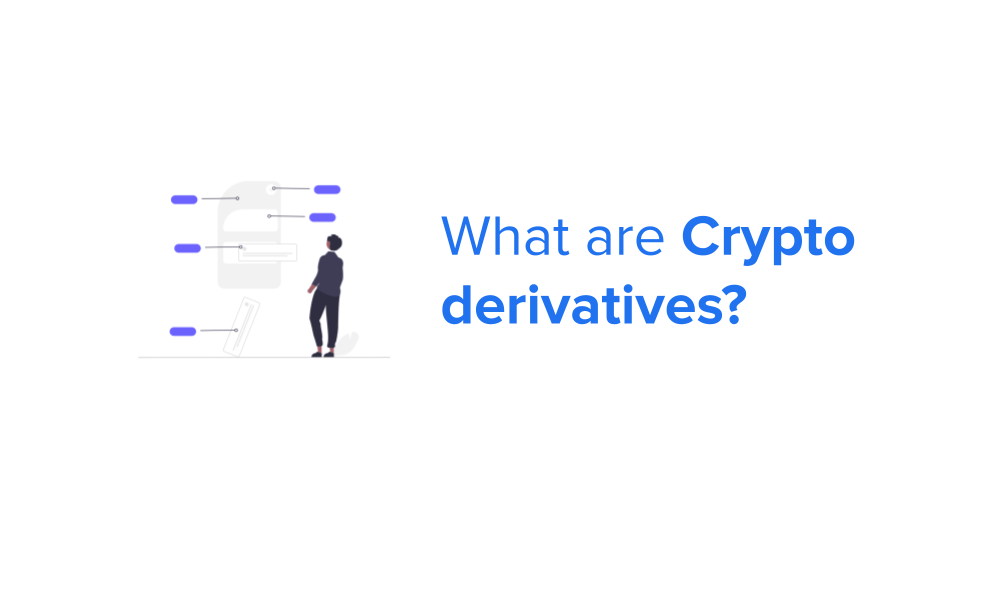Crypto derivatives are financial instruments in the form of a contract that allow selling or buying services at a pre-specified date and price. Users can use derivatives to exploit arbitrage opportunities and hedge risk.
With the recent rise of the crypto industry, we have seen an immense rise in the use of complex financial instruments in the market. With these recent developments traders and investors have also started using crypto derivatives. Let’s dive into what they are!
What are Crypto derivatives?
Derivatives are contracts that are based on tracking an underlying asset. These assets can be stocks, commodities, currencies, bonds etc. While talking about crypto derivatives, there is not a lot of difference with regard to the core functions. Users use crypto derivatives at the expiration date or before that while tracking an underlying asset. Generally, derivatives have an intrinsic value (this is the rate at which they are traded in the market). Traders and investors use crypto derivatives to hedge their returns or risks associated with a specific asset. Buyer and sellers expectations about the future price of the underlying asset determine the market movements of these assets. In the market currently, the top crypto derivates exchanges are Binance, OKEx, Huobi, FTX and Bybit.
The Crypto derivatives market
Currently, the crypto derivatives market has been booming and creating immense value. According to Tokeninsight’s Industry Report, the market’s trading volume for the third quarter of 2020 was $2.7 trillion. The market increased at a rate of 25.1% since the previous quarter. Not just that, the crypto derivatives market has boosted about a 159.4% increase year on year.
Types of Crypto derivatives
Generally, crypto derivatives are financial instruments that can be created by large financial banks and made available to the market. The general types of crypto derivatives are:
- Futures: It’s a financial instrument (as a contract) that enables you to either purchase or sell an underlying on a specific date and price. Users have an obligation to be fulfil the agreement at the expiry date.
- Options: Options allow you to purchase or sell an underlying asset on a specific date and price but they do not have the obligation to do so.
- Perpetual contracts: They are similar to futures and options but with no expiration date and settlement date.
- Swaps: These are contracts that allow two parties to exchange assets at a specific date with a pre-determined formula.
What are the pros?
- Low transaction costs: Derivatives are risk management instruments and help to reduce market transaction costs.
- Used in risk management: People use derivatives to mitigate the risks associated with fluctuating underlying asset prices.
- Market efficiency: Derivatives enable arbitrage opportunities thus ensuring that the market operates efficiently while maintaining market equilibrium.
What are the cons?
- High risk: Derivatives are extremely volatile in the crypto market as the underlying assets fluctuate a lot. Therefore, trading derivatives have a lot of risks associated with them.
- Speculative: People use derivatives to speculate therefore involving large risk which can, in turn, cause immense losses.
Despite the pros and cons of trading derivatives, they offer a good way to hedge risk, speculate and earn money.

